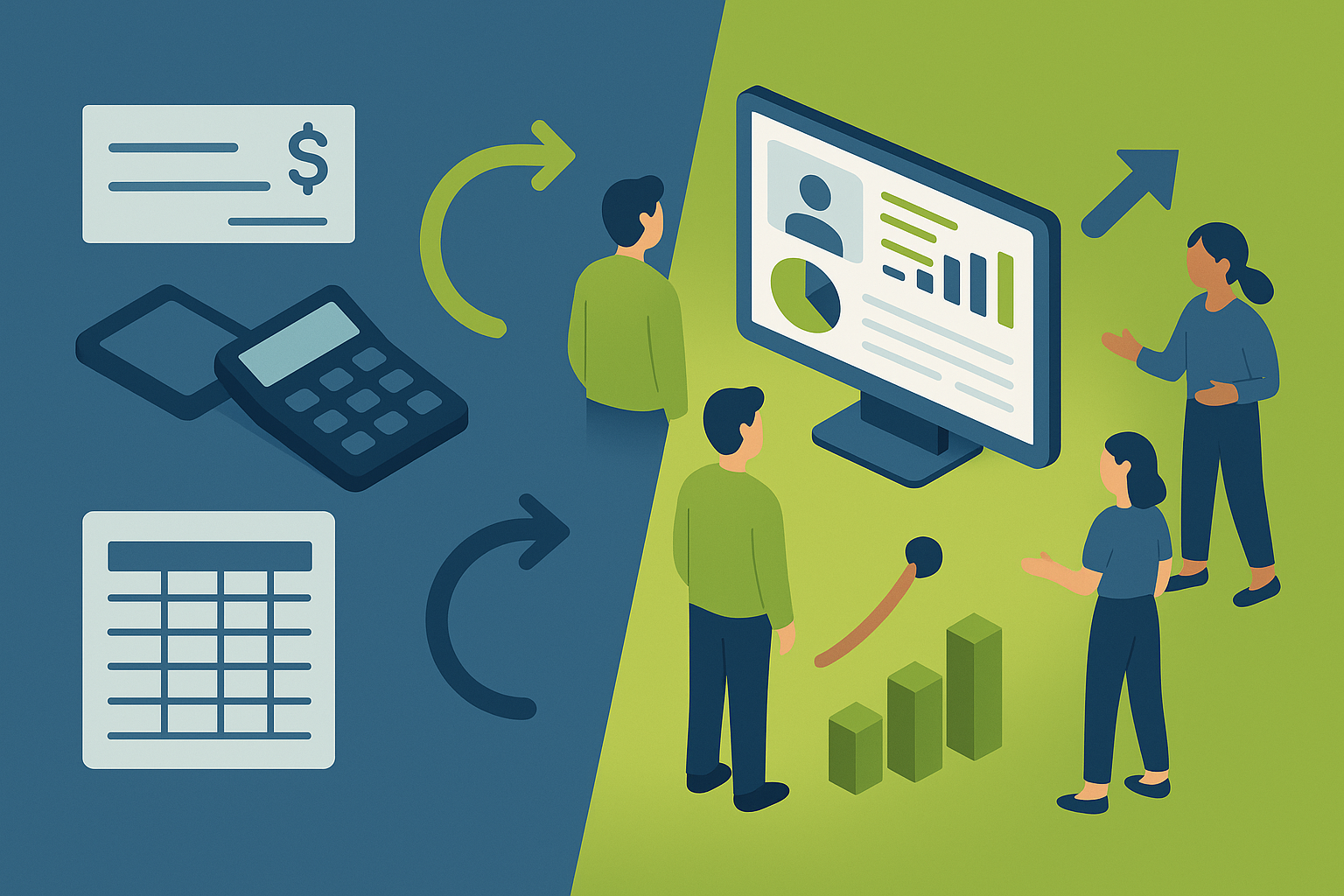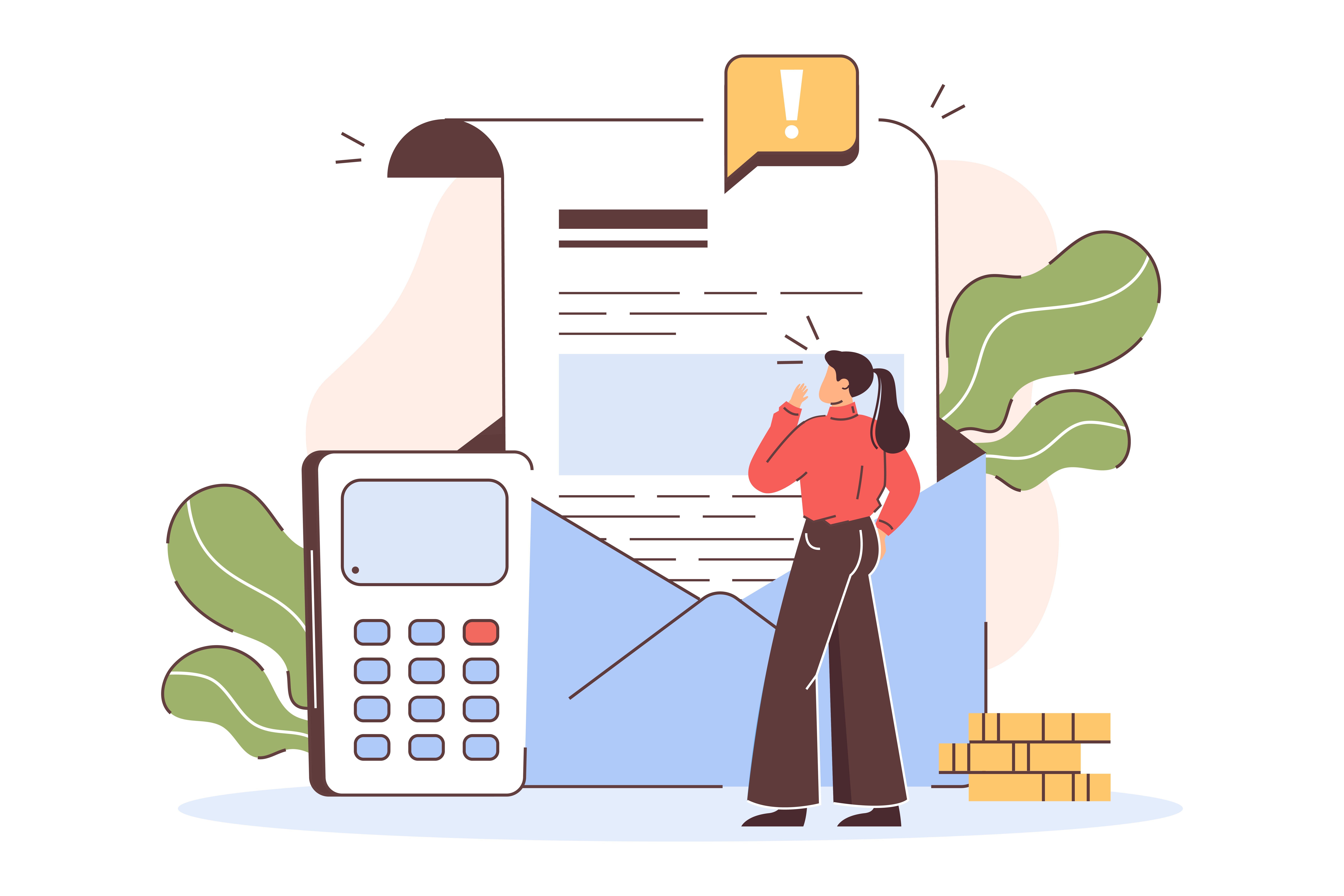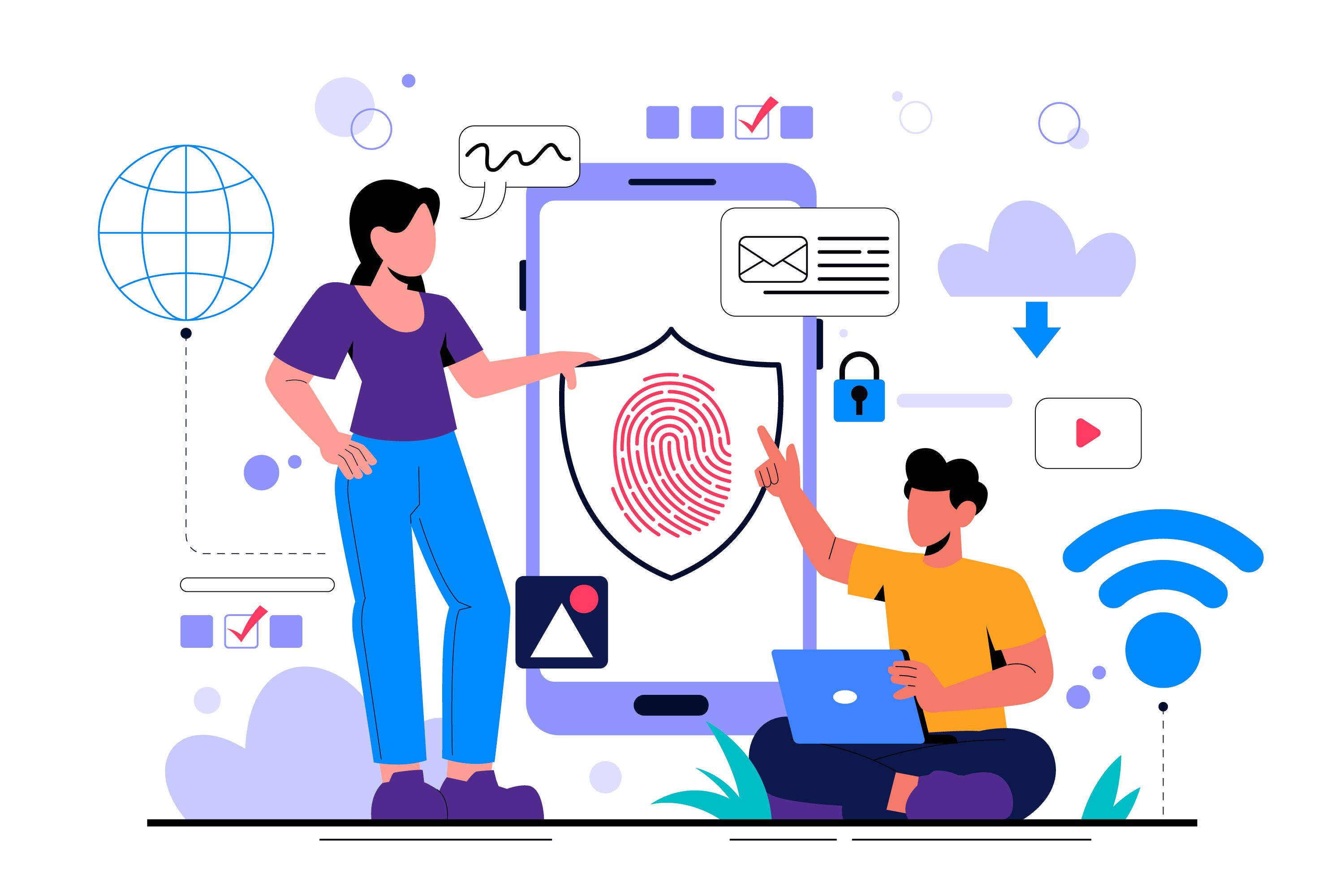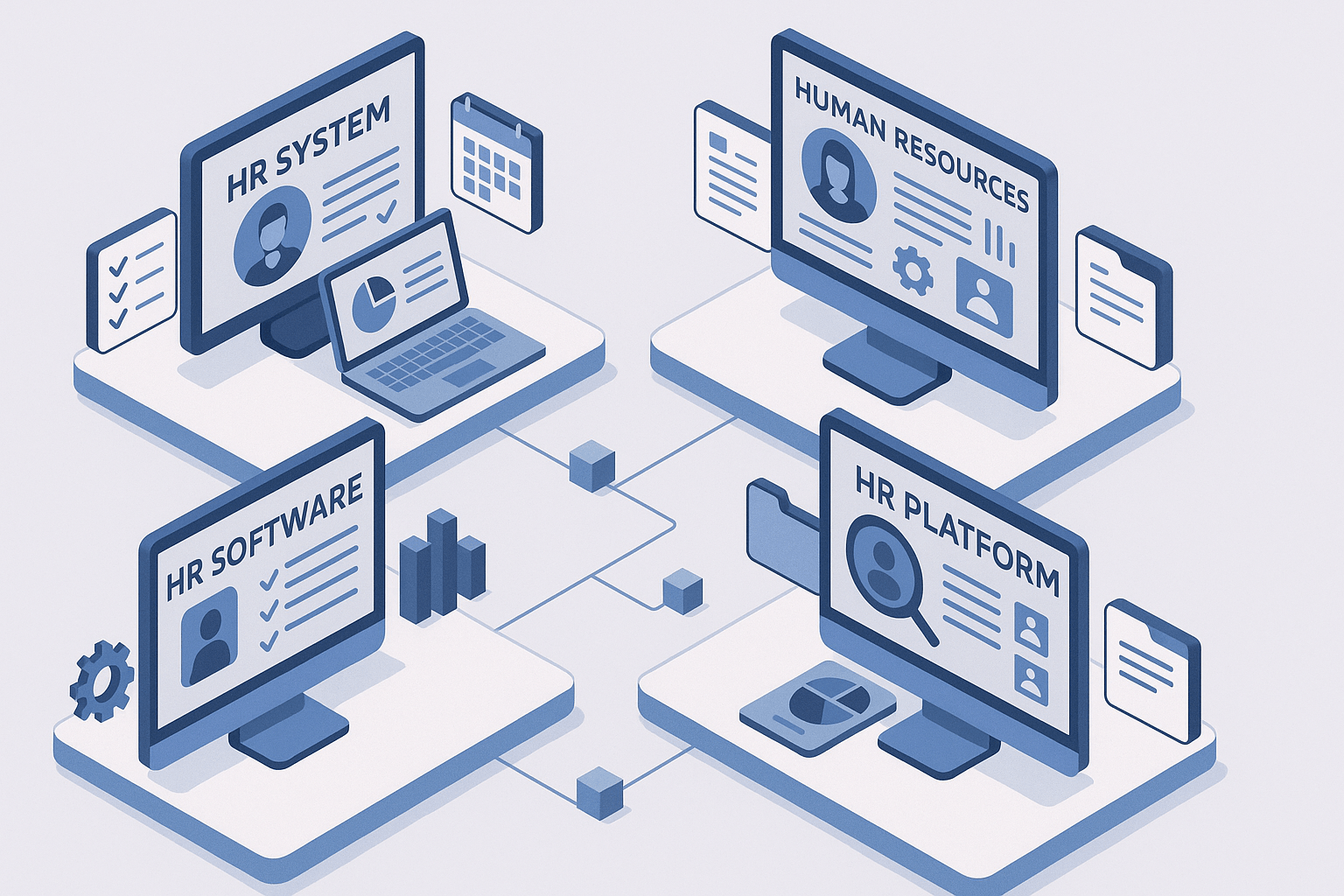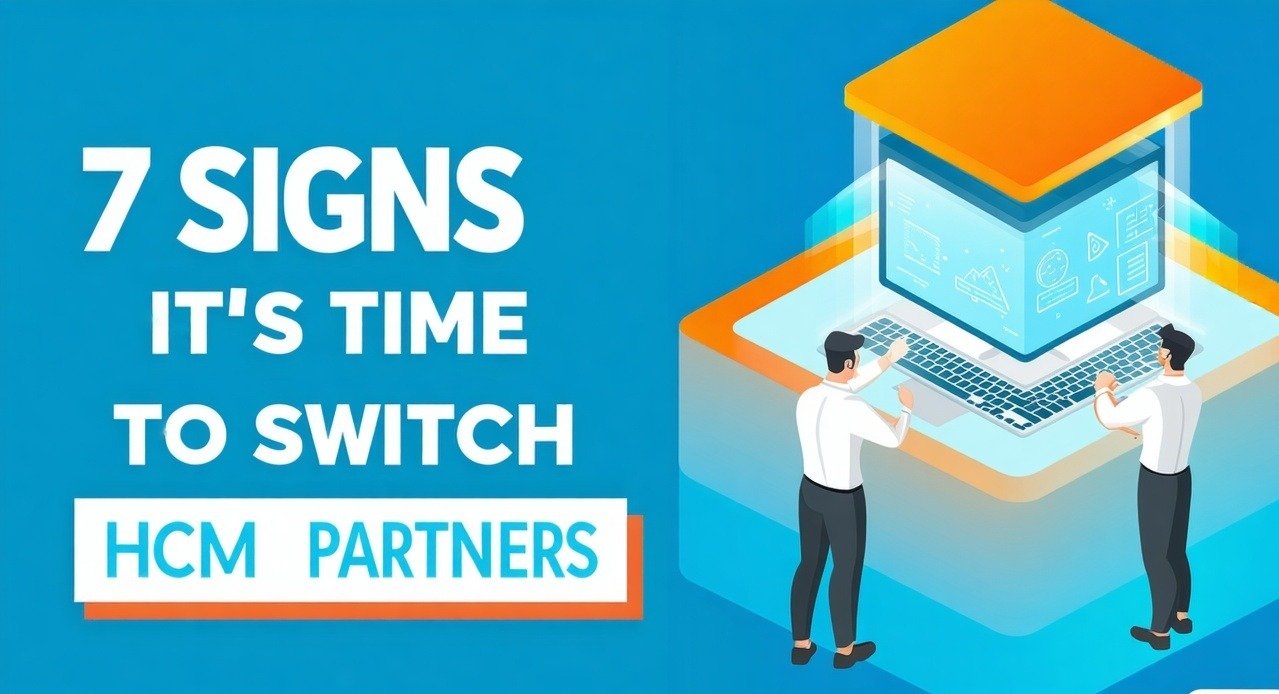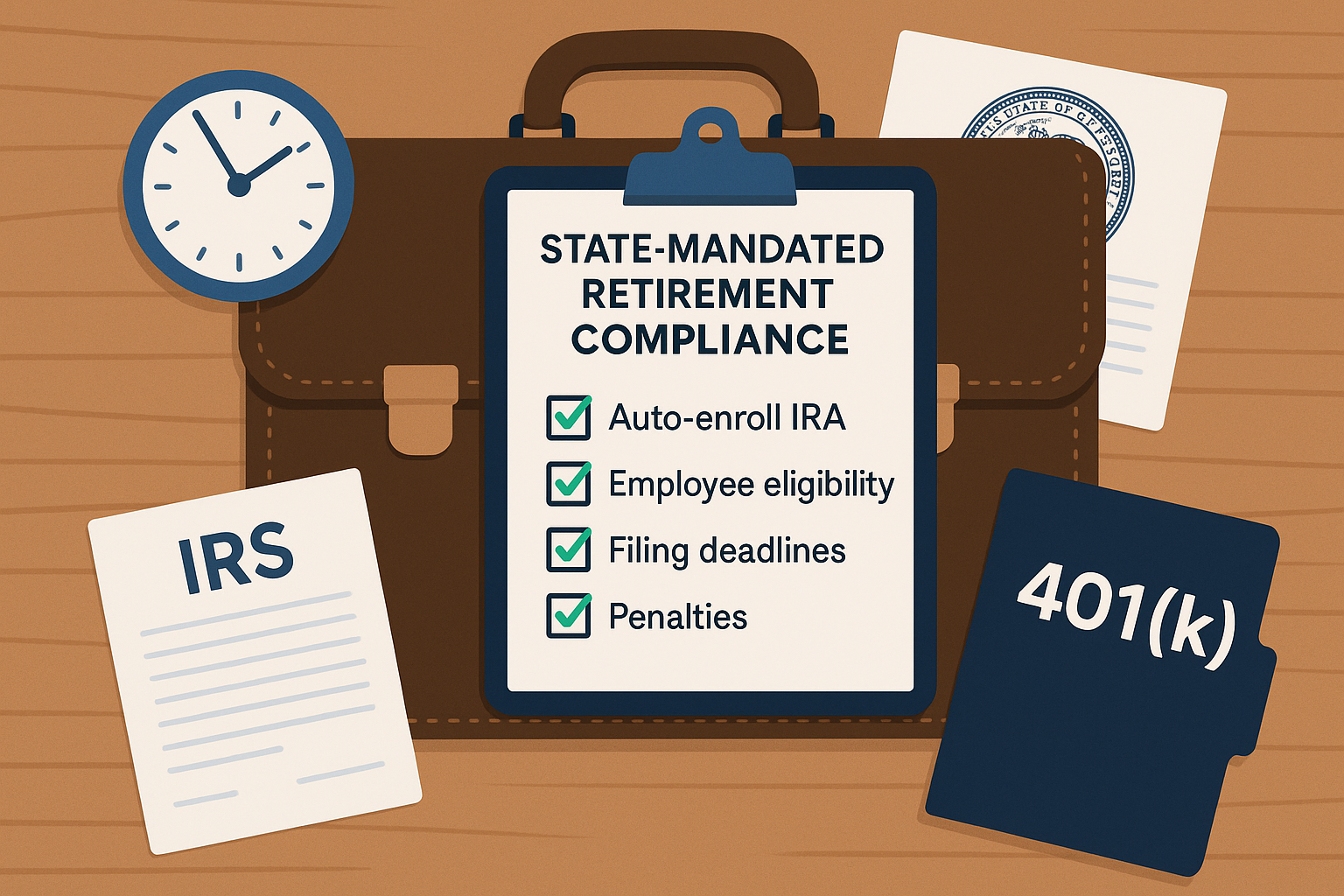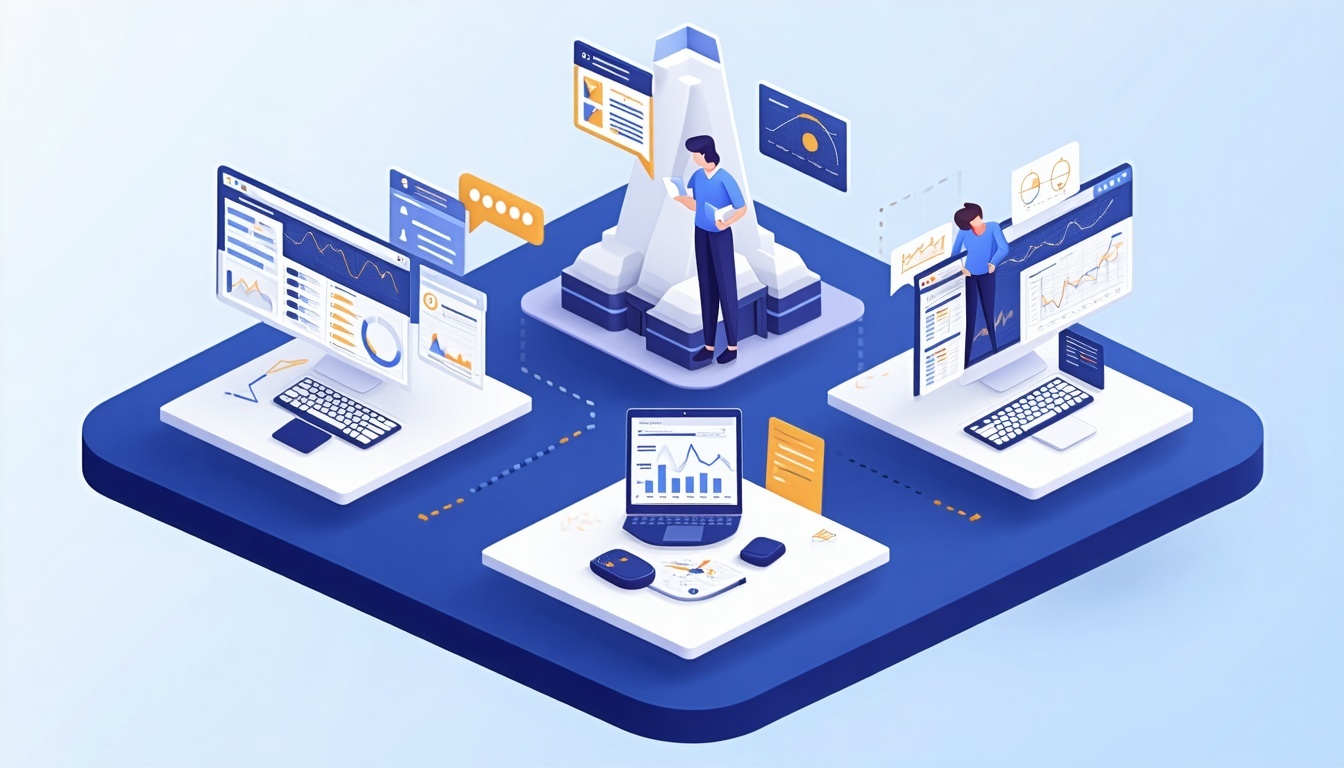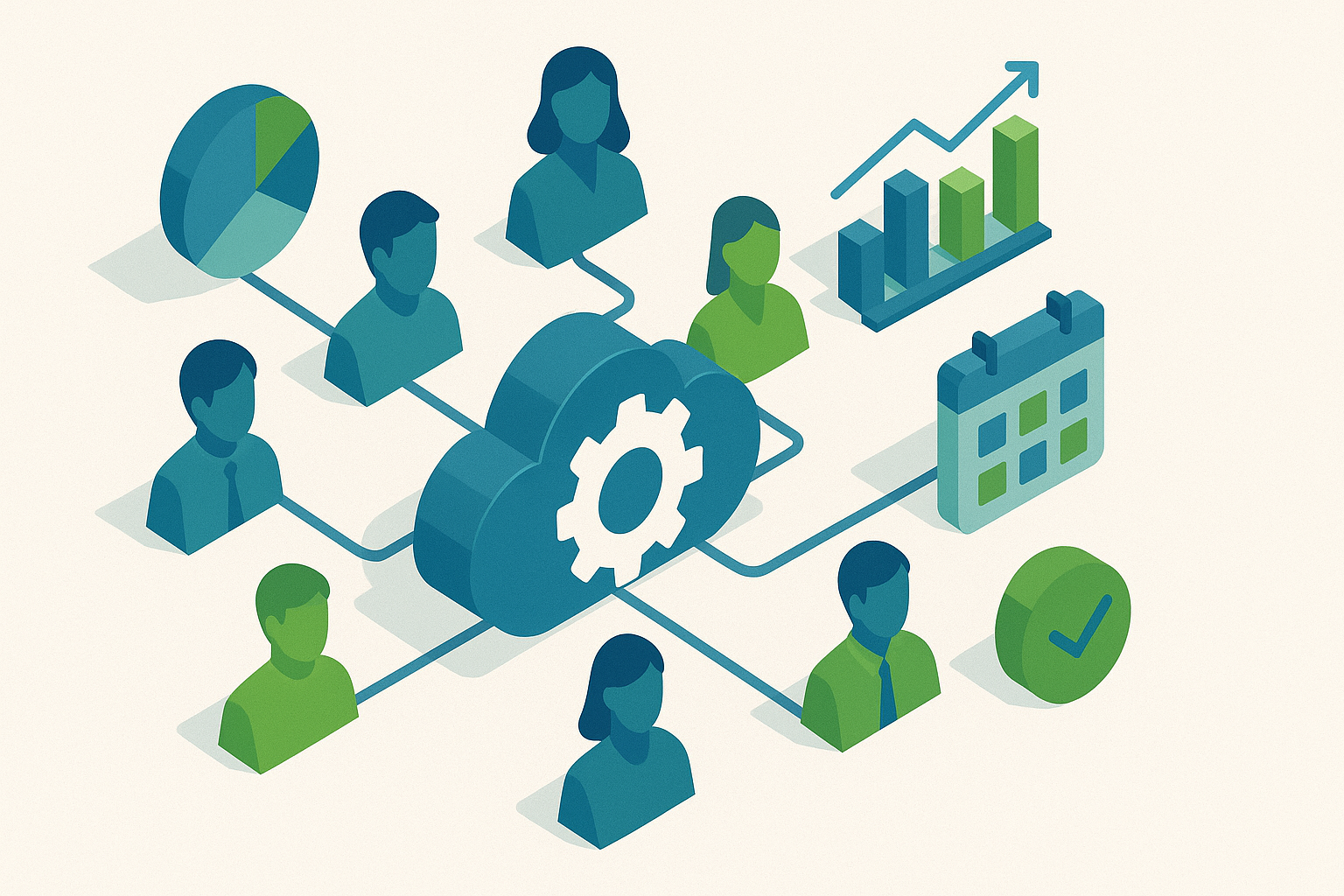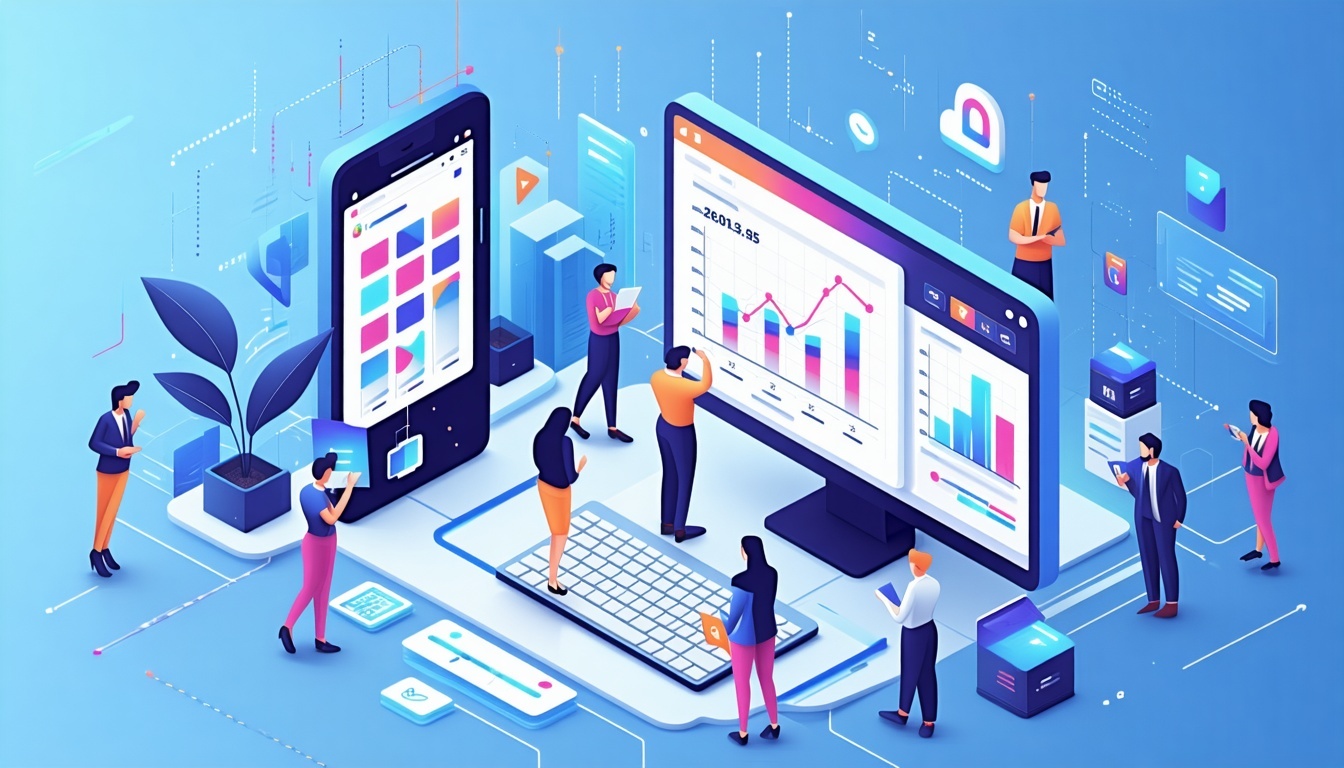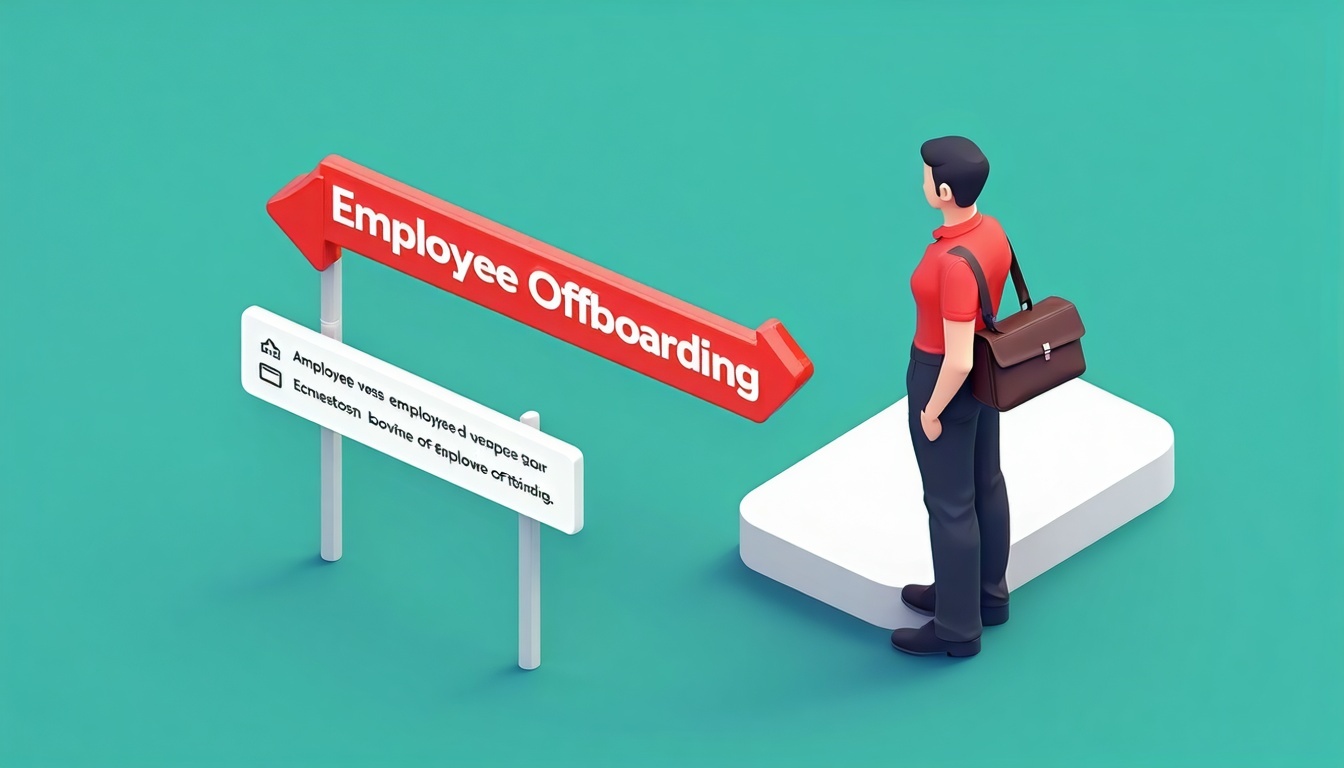Slash Time Theft: Choosing Between Biometric and Digital Time Clocks
April 14th, 2025
7 min read
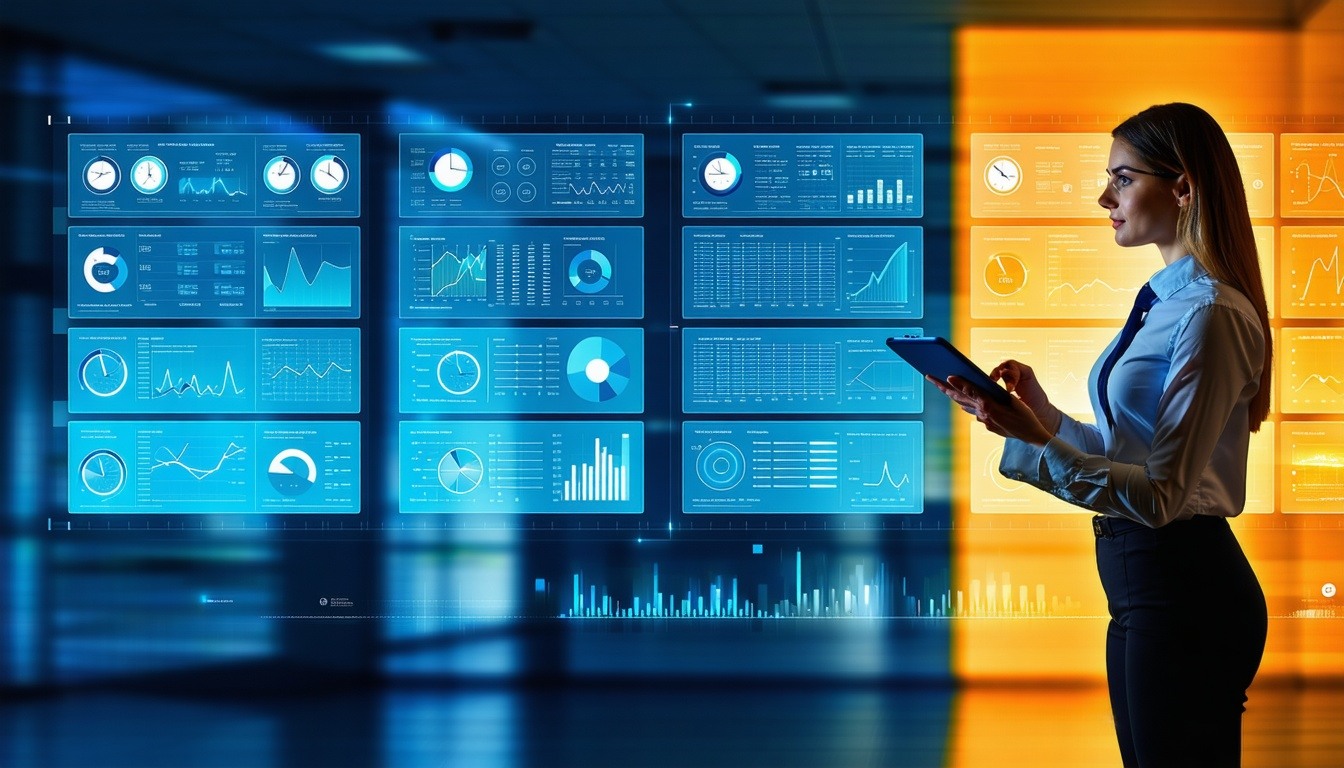
According to a 2024 study, buddy punching, one of the most common forms of time theft, affects 75% of US businesses. For a company with 50 employees averaging $50,000 salaries, that translates to approximately $125,000 in annual losses. Even more alarming, research indicates that time theft costs U.S. employers over $400 billion per year.
As a business owner or HR professional, you know that accurate time tracking isn't just about calculating paychecks—it's about protecting your bottom line, ensuring compliance, and building a culture of accountability.
At Lift HCM, we've guided hundreds of companies through the complex decision of selecting the right timekeeping solution. From biometric time clocks to mobile, cloud-based systems, we provide modern time and attendance tracking tools tailored to fit businesses of every size and industry.
This article will explain the crucial differences between biometric and digital time clocks, helping you make an informed decision that aligns with your specific business needs.
Table of Contents
- The Evolution of Workforce Time Tracking
- Biometric Time Clocks: The Gold Standard for Security
- Digital Time Clock Technologies: Flexibility and Accessibility
- Selecting Thoughtfully: A Tactical Method
- Comparison Matrix: Biometric vs. Digital Time Clocks
- Implementation Best Practices
- The Future of Time Tracking
- Making the Right Choice for Your Workforce Management
The Evolution of Workforce Time Tracking
The journey from paper timesheets to sophisticated biometric authentication reflects our growing need for accuracy, efficiency, and security in workforce management.
From Paper to Digital: A Brief History
- 1880s-1970s: Manual timesheets and mechanical punch clocks dominated, requiring extensive manual processing and offering minimal protection against time theft.
- 1980s-1990s: The first digital time clocks emerged, using PINs and magnetic swipe cards to streamline the process.
- 2000s: Cloud-based solutions revolutionized time tracking, integrating with payroll systems and enabling real-time oversight.
- 2010s-Present: Advanced biometric technologies and mobile solutions have created unprecedented accuracy and flexibility in workforce management.
As time tracking has evolved, so have the tools we provide at Lift HCM. Our cloud-based and biometric solutions reflect this shift, offering business leaders practical, secure, and scalable ways to manage their teams.
Today's business leaders face a critical choice between two primary time tracking approaches: biometric authentication and digital time clock technologies. Let's examine each option in detail.
Biometric Time Clocks: The Gold Standard for Security
Biometric time clocks leverage unique physical characteristics to verify employee identity, effectively eliminating time theft through "buddy punching" (when employees clock in for absent colleagues).
Four Leading Biometric Authentication Methods
1. Fingerprint Scanning
How it works: Captures an employee's unique fingerprint pattern and matches it against stored data.
Advantages:
- 99.9% accuracy in employee identification
- Processes authentication in under 1 second
- Virtually eliminates buddy punching
- Integrates seamlessly with most payroll systems
Limitations:
- May struggle with worn fingerprints (common in manufacturing, construction, and culinary industries)
- Some employees may have privacy concerns about fingerprint data storage
- Requires proper sanitization in high-traffic environments
Best for: Mid-sized companies with stable workforces and fixed work locations.
2. Facial Recognition
How it works: AI algorithms are used to analyze facial features and confirm employee identity.
Advantages:
- Contactless operation enhances hygiene
- Functions effectively in varying lighting conditions
- Creates automatic visual verification of attendance
- Adapts to gradual changes in appearance
Limitations:
- May require updates for significant appearance changes (like growing a beard)
- Higher initial implementation cost
- Some employees may have privacy concerns
Best for: Companies with strict security requirements or those prioritizing touchless interfaces.
3. Hand Geometry Scanning
How it works: Measures an employee's hand shape, size, and proportions.
Advantages:
- Works reliably in industrial environments
- Less sensitive to surface dirt than fingerprint systems
- Generally presents fewer privacy concerns than other biometric methods
- Highly durable hardware with long operational life
Limitations:
- Slightly less accurate than fingerprint or facial recognition
- Requires a larger hardware footprint
- Higher maintenance requirements
Best for: Industrial settings, manufacturing facilities, and environments where hands may be dirty or worn.
4. Iris and Retina Scanning
How it works: Scans the unique patterns in the eye (iris or retina) using infrared light for highly accurate identification.
Advantages:
- Highest accuracy rate among biometric methods (99.99%)
- Completely contactless operation, eliminating hygiene concerns
- Virtually impossible to forge or duplicate
- Patterns remain stable throughout life with minimal changes
Limitations:
- Higher implementation cost compared to other biometric methods
- May cause user discomfort or hesitation due to perceived invasiveness
- Requires specific lighting conditions for optimal performance
- More sensitive to positioning than other biometric options
Best for: High-security environments, healthcare facilities, financial institutions, and organizations handling sensitive data where authentication accuracy is paramount.
The ROI of Biometric Time Tracking
For a 100-employee company, biometric systems typically eliminate an average of 2.5 hours of time theft per employee per month, translating to approximately $45,000 in annual savings based on average wage calculations. At Lift HCM, we’ve seen firsthand how biometric time tracking can dramatically reduce time theft and increase payroll accuracy. Our biometric solutions integrate seamlessly with payroll and HCM systems to support real-time labor management and reporting.
While implementation costs may be higher initially, the long-term return often justifies the investment, particularly for companies with:
- High hourly labor costs
- Strict compliance requirements
- Multiple shifts or large workforces
- Previous issues with time theft or buddy punching
Digital Time Clock Technologies: Flexibility and Accessibility
Digital time clocks offer cost-effective solutions that balance security with ease of implementation. These systems use assigned credentials rather than physical characteristics.
Four Popular Digital Time Tracking Solutions
1. PIN-Based Systems
How it works: Employees enter a personal identification number to clock in and out.
Advantages:
- Low implementation cost (typically $50-100 per terminal)
- Simple user training and administration
- Easy integration with existing payroll systems
- Quick deployment timeline
Limitations:
- Vulnerable to PIN sharing and buddy punching
- Employees may forget their codes
- Limited audit capabilities
Best for: Small businesses with high trust cultures and limited budgets.
2. RFID and Proximity Card Systems
How it works: Employees tap or scan cards containing radio-frequency identification chips.
Advantages:
- Faster than manual entry methods
- Moderate security level
- Familiar technology for most employees
- Cards can serve multiple purposes (facility access, etc.)
Limitations:
- Cards can be shared, lost, or damaged
- Replacement costs add up over time
- Still susceptible to buddy punching
Best for: Businesses with multiple entry points or those looking to integrate time tracking with access control.
3. Mobile and Web-Based Solutions
How it works: Employees clock in through smartphone apps or web portals.
Advantages:
- Supports remote and distributed teams
- No additional hardware requirements
- Automatic updates and maintenance
- Advanced features like GPS verification and photo capture
Limitations:
- Requires reliable internet connectivity
- Potential for technical issues during clock-in
- May require additional verification methods for security
Best for: Organizations with remote workers, field service teams, or multiple small locations.
4. GPS-Enabled Time Tracking
How it works: Verifies employee location when they clock in or out.
Advantages:
- Confirms employees are at designated work sites
- Creates geofenced boundaries for valid clock-ins
- Provides valuable data for project and resource management
- Excellent for mobile or field-based workforces
Limitations:
- Depends on accurate GPS signals
- May raise privacy concerns
- Requires clear communication about tracking parameters
Best for: Construction companies, field service operations, and businesses with multiple work sites.
Many of our clients at Lift HCM choose these flexible digital options to support mobile teams and multi-site operations. Our mobile and web-based platforms offer GPS, geofencing, and real-time attendance monitoring—all in one user-friendly interface.
Selecting Thoughtfully: A Tactical Method
Assess Your Business Needs Through These Five Critical Questions:
- What is your primary concern?
- Security and preventing time theft → Consider biometric
- Flexibility and ease of use → Consider digital options
- Budget constraints → Start with PIN or mobile solutions
- Where do your employees work?
- Single location → Biometric may offer the best ROI
- Multiple locations → Consider mobile or GPS-enabled
- Remote workers → Web-based or mobile solutions
- What are your compliance requirements?
- Strict regulatory environment → Biometric provides better audit trails
- Standard labor laws → Most digital solutions will suffice
- Government contracting → Consider systems with detailed reporting
- What's your company culture?
- High trust environment → Digital solutions may be sufficient
- Need for accountability → Biometric offers verification
- Employee privacy concerns → Hand geometry or RFID may balance needs
- What's your technology infrastructure?
- Limited IT resources → Cloud-based solutions reduce maintenance
- Integration needs → Ensure compatibility with payroll systems
- Growth projections → Consider the scalability of your solution
Comparison Matrix: Biometric vs. Digital Time Clocks
| Feature | Biometric Systems | Digital Systems |
| Security | High (prevents buddy punching) | Moderate (credentials can be shared) |
| Initial Cost | Higher ($1,500-5,000+ setup) | Lower ($500-2,000 setup) |
| Long-term ROI | Excellent (reduces time theft) | Good (improves efficiency) |
| Privacy Concerns | Moderate to high | Low to moderate |
| Maintenance | Minimal (once calibrated) | Varies by solution |
| Remote Work Support | Limited | Excellent (mobile/web) |
| Integration Capability | Good | Excellent |
| Best For | Security-conscious operations with fixed locations | Distributed teams and budget-conscious operations |
Implementation Best Practices
Regardless of which system you choose, follow these guidelines for successful adoption:
- Communicate clearly: Explain the benefits to employees, focusing on accuracy and fairness rather than monitoring.
- Address privacy concerns directly: Outline exactly how data is stored, used, and protected, especially for biometric systems.
- Provide comprehensive training: Ensure all employees understand how to use the system properly.
- Start with a pilot program: Test with a small group before company-wide implementation.
- Gather feedback: Create channels for employees to share concerns or suggestions about the new system.
When implementing a new system, Lift HCM provides guided onboarding and training support to ensure employees and managers are fully comfortable with the new time tracking process. Our team also works closely with clients to customize solutions around privacy needs and regulatory requirements.

The Future of Time Tracking
The workforce management landscape continues to evolve rapidly, with several emerging technologies poised to transform how businesses track and optimize employee time. Watch for these key trends:
- AI is Taking Over Simple Tasks: Expect artificial intelligence to handle boring, repetitive work. This will free up people for more important and creative jobs. Most business leaders already see AI as crucial for making money and improving how people work.
- "Digital Workers" are Joining Teams: AI programs that can work on their own are becoming common. These "digital workers" could significantly increase how much work a company can handle, from talking to customers to designing products.
- People Will Have More Different Jobs: Today's workers are likely to have around 20 different jobs in their lifetime, which is a lot more than in the past. This means companies need to find ways to keep talented employees, but it also opens doors for new ideas and a more active job market.
- Data Will Help Plan Work Better: Advanced computer systems will be able to predict how many staff are needed, spot potential problems with attendance, and create the best work schedules based on past information and business needs.
- Wearable Tech Will Track Time: Expect to see more use of smartwatches and other wearable devices for clocking in and out of work. This will be secure and can also help monitor the health of employees in physically demanding jobs.
💡 Did You Know? Lift HCM stays on the cutting edge of workforce technology by continuously integrating innovations like GPS and mobile-first interfaces into our time and attendance platforms. As these trends evolve, so do our tools, ensuring your business is ready for what’s next.
- Blockchain Will Secure Time Records: New technology called blockchain is being looked at to create time records that can't be changed or tampered with. This will make data more secure and help with things like compliance.
Making the Right Choice for Your Workforce Management
The right time tracking solution balances security, usability, and cost while addressing your specific business challenges. At Lift HCM, we specialize in helping businesses navigate these decisions with personalized recommendations based on your unique needs.
Whether you're concerned about compliance risks, struggling with payroll accuracy, or simply looking to modernize your workforce management approach, we can help you implement a solution that drives real business results.
Contact Lift HCM today for a personalized consultation and discover how our modern time and attendance tracking solutions can reduce payroll errors, ensure compliance, and transform the way you manage your workforce!
Caitlin Kapolas is a results-driven professional with a strong background in account management and retail. She is dedicated to improving client experiences and building lasting relationships. Caitlin excels in identifying client needs, resolving issues, and implementing customized solutions that drive value. Her effective communication skills ensure high client satisfaction and loyalty, making her a trusted advisor and partner in meeting client needs with precision and professionalism.





